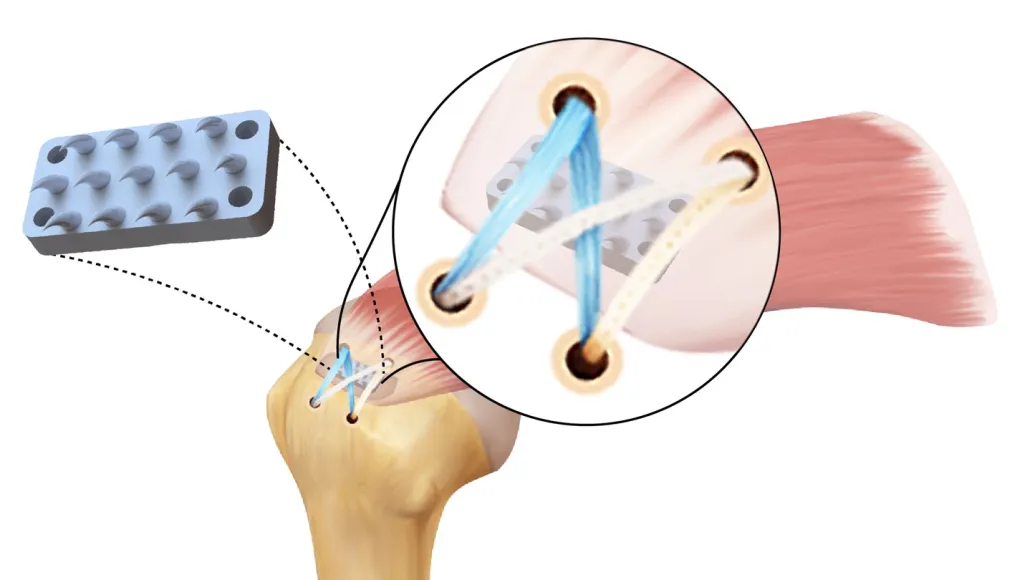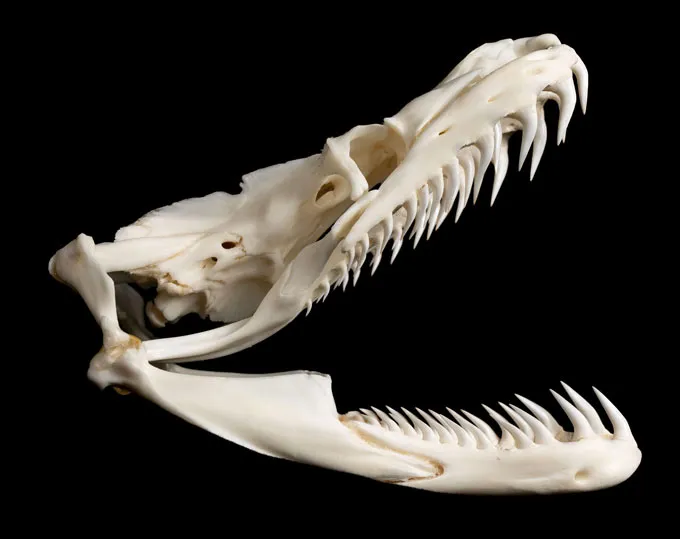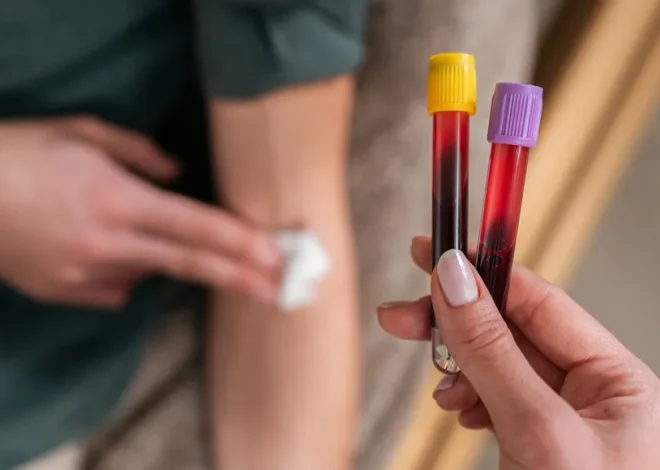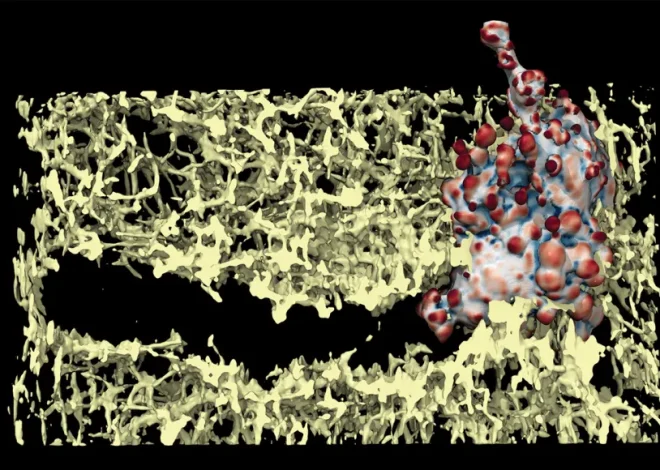
This Python-inspired gadget may improve the outcome of rotator cuff procedures.
Only 600,000 of the 2 million Americans who sustain rotator cuff problems each year receive surgical repair. Perhaps a new device inspired by Python could bridge that gap.
Failure rates following rotator cuff surgery range from 20 to 94 percent. Sometimes, medical professionals choose not to operate due to the possibility of retearing. However, researchers reveal in the June 28 Science Advances that a medical tool fashioned after python teeth could quadruple surgical repair strengths and prevent retearing when used in conjunction with conventional sutures.
According to Eric Nauman, a biomedical engineer at the University of Cincinnati who was not involved in the work, “a device like this is much more elegant than what they use now.” “At this point, anything you can do to help the shoulder is a win.”

The rotator cuff, a collection of muscles and tendons that surround the shoulder, can sustain rips or inflammation that impairs function and causes pain. A torn tendon is repaired surgically, usually by reattaching it to the head of the arm bone. Sutures, on the other hand, can retear the already delicate tendon because they are only secured at a few spots.
A solution was devised by biomedical engineer Stavros Thomopoulos and associates. The device distributes and reduces the force on each area of the damaged tissue by means of a series of small, pointed teeth that grab onto the tendon and bone. Nature served as the device’s inspiration. The teeth of a shark are sharp triangles meant to cut, whereas the fangs of a python are curved inward and intended to pierce deeper when an animal struggles. Thomopoulos of Columbia University adds, “This was kind of a lightbulb moment.”
The scientists first optimized the size and geometry of the teeth using computations and computer simulations. The researchers printed teeth and tooth arrays using 3-D printing, then fine-tuned their grip and positioning. In collaboration with surgeons, the group tested various versions of the “teeth” on cadavers, mending one shoulder solely with sutures and the other with both the device and sutures.
“We tested the mechanical strength that the device was adding to hold this construct together,” explains bioengineer Iden Kurtaliaj of New York City’s Icahn School of Medicine. The holding strength of shoulders equipped with the gadget was twice that of shoulders without it, according to the researchers.
The design must be validated in live animals to demonstrate long-term function and safety before moving on to clinical application, according to Ghanashyam Acharya, a biomedical researcher at Houston’s Baylor College of Medicine. The substance may deteriorate or damage the tendon while the body heals. Nevertheless, the new study has a “strong theoretical rationale,” according to Acharya, designating it as a “significant and innovative first step” toward rotator cuff procedures that are more likely to be successful.



